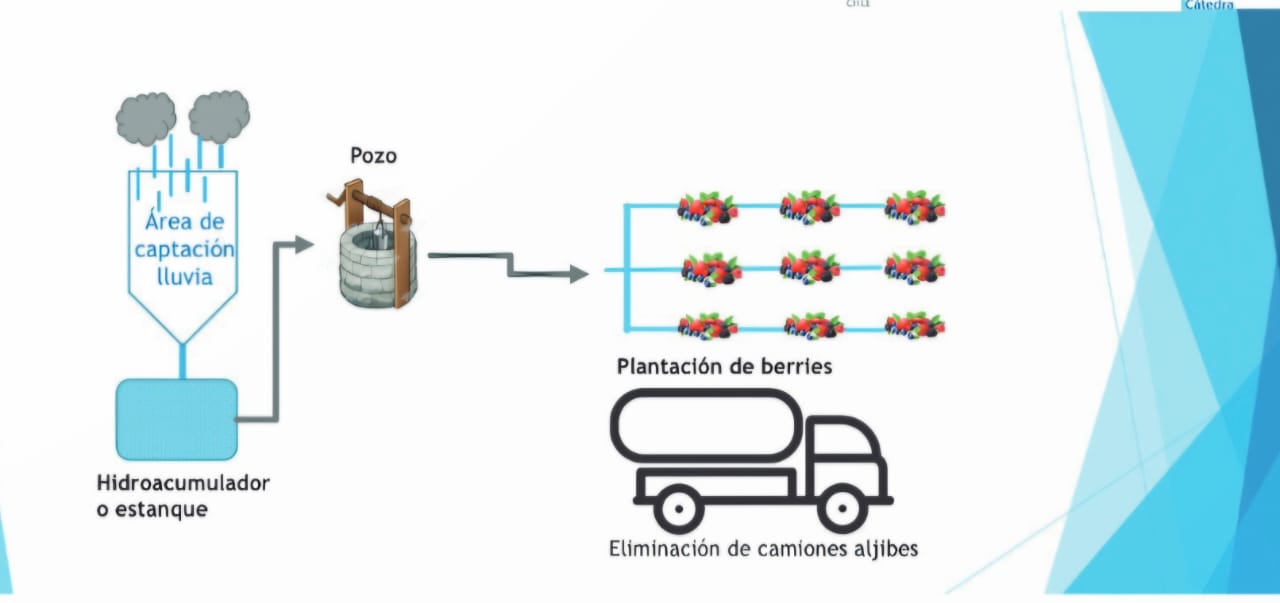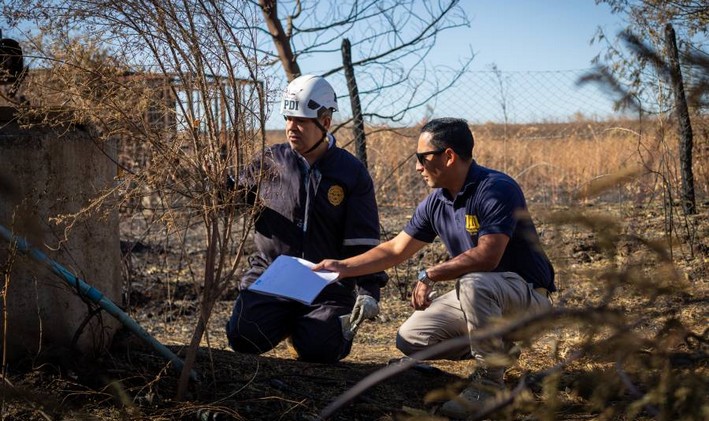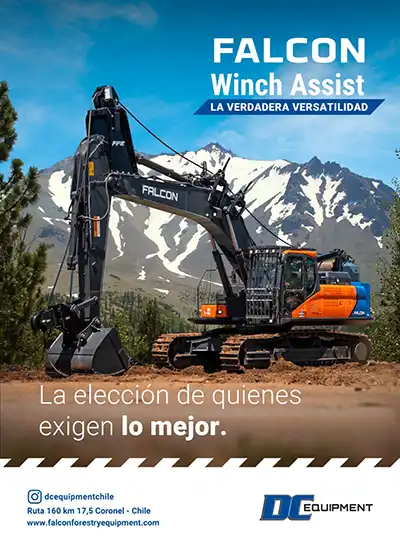With three helicopters and one aircraft, they will confront forest fires in Los Lagos
Yesterday, a Cogrid was held to plan for the 2024 and 2025 season, during which 26 brigades will operate.
With three helicopters and one aircraft capable of carrying three thousand liters of water, forest fires in the Los Lagos Region will be confronted during the 2024 and 2025 season.
Yesterday, following a preventive Disaster Risk Management Committee (Cogrid) meeting, the presidential delegate, Giovanna Moreira, explained the preparations being carried out with various institutions to prevent and combat this type of disaster.
The authority recalled that during the past weekend, some incidents of this nature occurred, such as the one on Sunday at Avenida Transversal 3 and Violeta Parra in the town of Alerce, Puerto Montt, which was controlled by firefighters.
In response, she detailed that they have an emergency plan requiring prior work, developed by both the National Forestry Corporation (Conaf) and the National Disaster Prevention and Response Service (Senapred).
In this regard, she noted that—as last year—they will have three helicopters distributed across the provinces of Llanquihue, Osorno, and Palena, just as during the previous season.
Regarding the aircraft added this year, it will be stationed at the Cañal Bajo Airport in Osorno.
Additionally, she indicated that in the most isolated, remote, and rural areas of Los Lagos, prevention efforts are being intensified because access is more complex. Therefore, the call to citizens involves educating themselves and sharing information, as well as avoiding actions that could spark these fires.
BRIGADES
Expanding on the delegate's remarks, the regional director of Conaf, Miguel Ángel Leiva, emphasized that—as in 2023—there will be 24 daytime brigades and two nighttime ones: one for the province of Llanquihue and another for Chiloé.
Regarding the brigade members, he explained that there will be 289 people, including brigade leaders, squad leaders, and brigade members, as well as technicians and professionals.
On operations, he stated that brigade and squad leaders are selected first, followed by brigade members, who undergo two weeks of training and rigorous psychological exams to "properly face the season. It's all a process. You can't just assign a brigade member to put out fires in the field."
Alejandro Vergés, regional director of Senapred, detailed that the task of coordinating and organizing resources in the region falls under his agency, under the direction of the presidential delegate.
He specified that they are currently in a process of organizing preparatory measures for what they anticipate facing this season.
For this reason, he said, meetings have already been held in the provinces to "fine-tune the proper use of resources."
For Vergés, the key aspect of this work involves the detection, reporting, and timely denunciation of these fires.
In this sense, he explains that this will allow them to better organize resource allocation during emergencies. "Any timely communication will help us decide whether to send one or two fire companies or involve one or 20 brigades (Conaf), for example."
For the same reason, he stresses that avoiding such situations requires the commitment of the entire community, which—he insists—means promptly notifying Carabineros, PDI, Conaf, or Senapred. "This will help us extinguish a campfire instead of a wildfire."
Meanwhile, the regional director of Conaf, Miguel Ángel Leiva, recalled that last year they recorded 324 forest fires, which were "100% caused by human action, whether due to negligence or intent."
For this reason, he reiterates Conaf's request for the public to comply with the law. "Conducting illegal burns is a crime," and he warns that perpetrators will be detained by Carabineros, while "unscrupulous or criminal individuals who start fires" will face increased patrols to prevent such incidents. "We don’t want fires, but if they occur, we will be prepared to combat them."
PLANNING
The municipality of Puerto Montt reported that, as part of planning to address forest fires, joint work is being carried out with various delegations to prioritize areas with dense vegetation or dry brush that could spark fires in the urban-rural interface.
In this regard, they explain that among the adopted measures is the availability of heavy machinery for fire mitigation and prevention, as well as firefighting, in cooperation with firefighters and Conaf.
Additionally, they maintain constant communication with local communities so residents can identify high-risk areas for such incidents.
They also indicated that in rural areas, the most dangerous spots are being mapped in coordination with entities participating in the municipal Cogrid, such as firefighters.
Source: Subscription edition ofEl Austral de Osorno

















